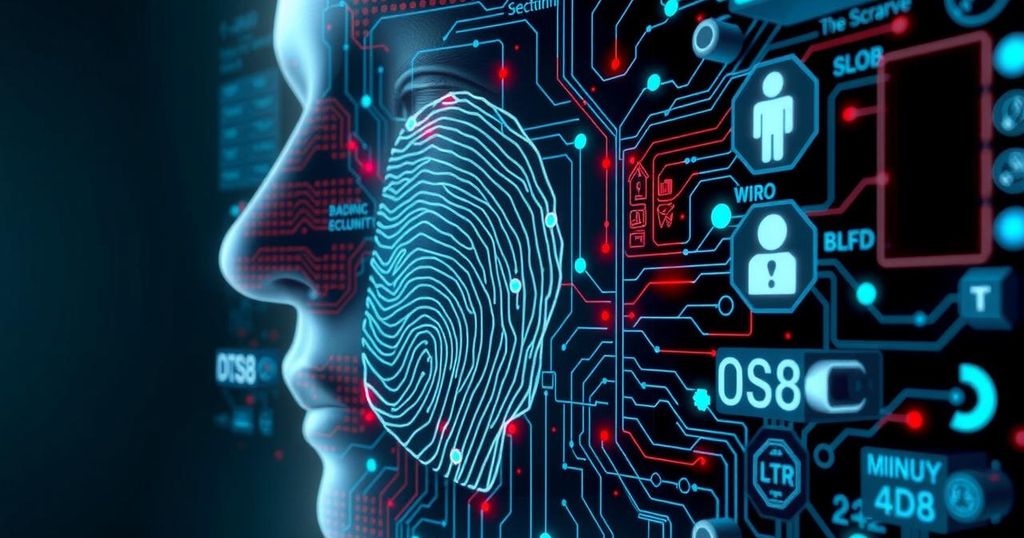This article explores biometric recognition techniques including fingerprints, finger veins, hand recognition, and finger geometry. It discusses their functionalities, differences in accuracy and usage, and the integration of AI in analyzing fingerprints. Hybrid systems combining these technologies improve identification accuracy, while options like hand recognition and finger geometry cater to different requirements, especially in cost-sensitive environments.
Biometric recognition systems increasingly utilize unique finger and hand features, such as fingerprints, finger geometry, and vein patterns, to identify individuals. Fingerprint and finger vein recognition share similarities, both requiring the enrollment of individuals into a biometric database. Fingerprint technologies vary, employing optical, capacitive, ultrasonic, and thermal scanners, which detect the unique ridge and valley patterns of fingerprints. Conversely, finger vein authentication utilizes a near-infrared imager to capture subdermal vascular patterns, making it less invasive. Hybrid biometric systems enhance the accuracy of identification processes by integrating both fingerprint and finger vein data, allowing for robust verification in both wet and dry conditions. Hand recognition operates on a different principle, mapping physiological characteristics of the hand, typically with variable success based on placement and orientation. Measurements for handprints are derived from physical aspects, such as lengths and angles, but face limitations compared to fingerprint accuracy. Finger geometry, while less sophisticated and requiring manual measurement supervision, facilitates lower-cost implementations where minimal security is acceptable. Recent advancements in AI have transformed fingerprint analysis, demonstrating that fingerprints from multiple fingers of the same individual can be correlated, challenging the long-held belief of their uniqueness. In summary, fingerprinting and finger vein recognition are advanced biometric methods tailored for specific applications, while hand recognition and finger geometry offer alternate solutions for varying security needs. AI’s role in fingerprints significantly increases traditional identification’s efficacy, making biometrics more versatile than ever.
Biometrics encompasses various technologies that identify individuals based on unique physical characteristics. This article focuses on fingerprint recognition, finger vein scanning, hand recognition, and finger geometry. These methods leverage the unique traits of an individual’s fingers and hands to create reliable identification systems, each with differing levels of accuracy, maintenance needs, and application suitability. Finger vein technology’s rising popularity reflects its advantages in accuracy and lower maintenance compared to fingerprints, while AI plays a transformative role in biometric methodologies.
The integration of various biometric technologies like fingerprints, finger vein recognition, hand recognition, and finger geometry caters to diverse identification needs. Hybrid systems that utilize both fingerprint and vein data provide enhanced accuracy and flexibility. Although fingerprinting remains the standard for most applications, other forms like hand recognition and finger geometry are viable in cost-sensitive scenarios. AI continues to advance the field, extending the capabilities and accuracy of traditional fingerprint methodologies.
Original Source: www.designworldonline.com








